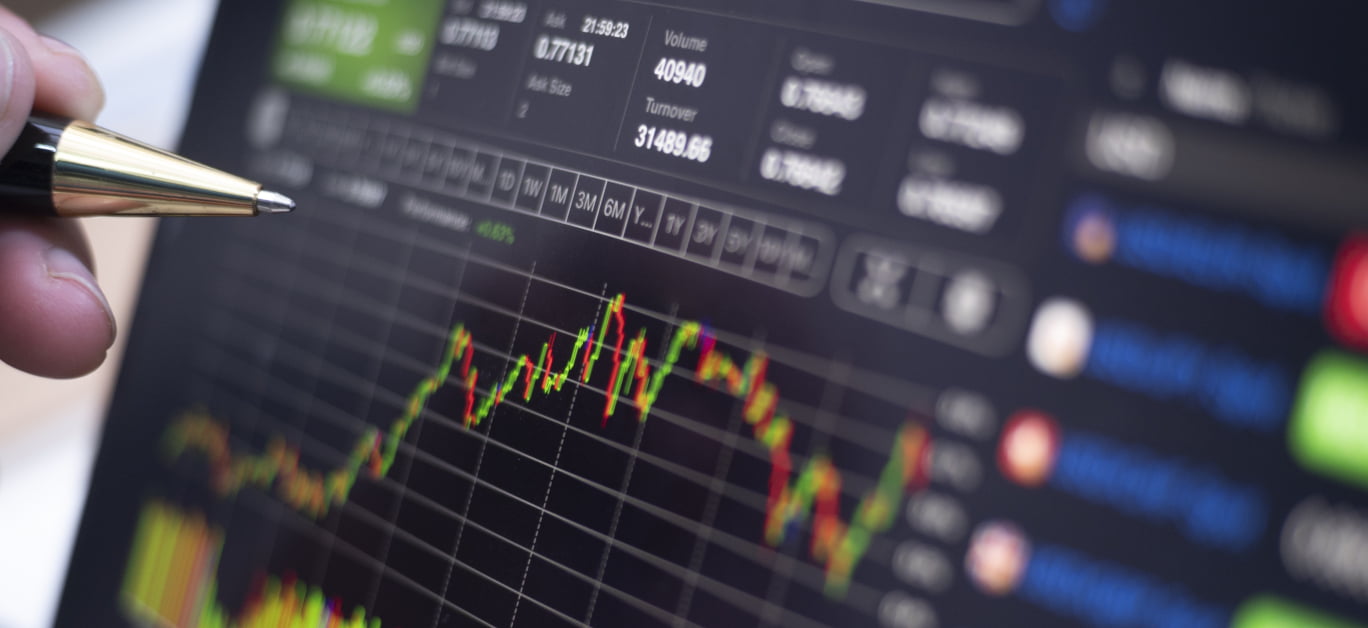Trading in the financial markets is a dynamic and competitive endeavor. To thrive in this environment, traders must have a well-structured and reliable trading setup. Just as architects meticulously plan and design buildings, traders should carefully architect their trading setups to create a solid foundation for success. In this article, we will explore the key components and considerations involved in building a robust trading infrastructure.
The Importance of a Trading Setup
A trading setup encompasses all the tools, technology, and processes that a trader uses to analyze markets, execute trades, and manage risk. A well-designed trading setup offers several advantages:
Efficiency: A streamlined setup enables faster decision-making and execution, critical in fast-paced markets.
Consistency: A structured approach reduces the likelihood of impulsive or emotional trading decisions.
Risk Management: A proper setup includes risk management tools and processes to protect capital.
Analysis: Traders can perform in-depth analysis, whether technical, fundamental, or quantitative, with the right tools at their disposal.
Adaptability: A flexible setup can accommodate different trading strategies and adapt to changing market conditions.
Components of a Trading Setup
Hardware: Invest in reliable hardware, including a powerful computer, multiple monitors, a fast internet connection, and a backup power source. These elements are the backbone of your trading setup.
Trading Platform: Choose a reputable trading platform that suits your needs. Ensure it offers essential features like charting tools, order execution, and access to the markets you want to trade.
Data Sources: Access to real-time market data is crucial. Depending on your trading style, you may need data feeds for stocks, forex, commodities, or other asset classes.
Charting Software: Utilize charting software with advanced technical analysis tools and the ability to customize charts to your preferred timeframes and indicators.
News and Information Sources: Stay informed with access to financial news, economic calendars, and market analysis from trusted sources.
Risk Management Tools: Implement risk management tools, including stop-loss orders, take-profit levels, and position sizing calculators, to protect your capital.
Backtesting and Simulation Tools: Use backtesting and simulation software to test and refine your trading strategies before deploying them in live markets.
Trading Journal: Maintain a trading journal to record your trades, strategies, and emotions. This aids in performance analysis and improvement.
Security: Protect your trading setup with robust cybersecurity measures, including antivirus software and secure network connections.
Considerations for Building a Trading Setup
Budget: Determine your budget for building a trading setup. While it’s essential to invest in quality components, be mindful of overextending financially.
Ergonomics: Design your workspace for comfort and efficiency. Proper ergonomics can reduce physical strain during long trading hours.
Redundancy: Implement backup solutions for critical components like power, internet, and data sources to minimize downtime.
Scalability: Ensure that your setup can accommodate growth and changing needs as your trading skills and strategies evolve.
Testing: Test all components thoroughly to identify and resolve any technical issues before they impact your live trading.
Education: Invest time in learning how to use your trading setup effectively. Training and education are essential for maximizing its potential.
Continual Improvement: Regularly assess and upgrade your trading setup to stay competitive and adapt to technological advancements.
Conclusion
Architecting a solid trading setup is a fundamental step in a trader’s journey toward success in the financial markets. A well-structured trading infrastructure enhances efficiency, reduces risk, and provides the tools needed for comprehensive analysis. By carefully selecting components, considering ergonomic factors, and maintaining cybersecurity, traders can establish a reliable foundation that supports their trading objectives and helps them navigate the complexities of financial markets with confidence and competence.

